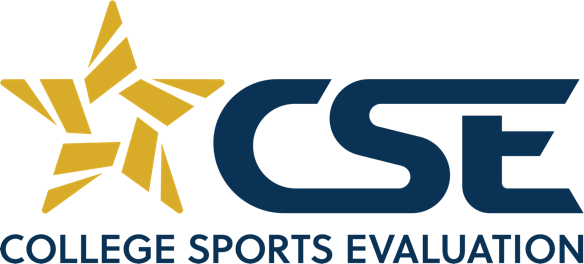CSE invigorates pitching skills improvements through rapsodo data
As athletes rebuild and reset their skills and approach after COVID-19, it’s important to pull from the most useful tool kits possible. For baseball and softball players, we’ve hit on the logic of employing Blast Motion through the College Sports Evaluation process to aid the batting stroke — for pitchers, you’ll want CSE’s use of Rapsodo technology to help give you more command off the mound or in the circle.
Every sequence of action begins with the pitcher, and every pitcher begins their task by mixing and matching the best use of velocity, movement and spin in each at-bat. From the youth levels all the way through college and professional diamond sports, Rapsodo’s portable and powerful analytic capacity is delivering easy-to-grasp data metrics and measurements. CSE sessions will help athletes understand their strengths and weaknesses in these ever-relevant categories; college coaches helming these sessions will explain what to do next, and where your current sensor data numbers sit in comparison with players already rostered in the collegiate game.
Interestingly, Rapsodo began in 2010 as a golf launch monitor, where real-time sensor data helped interpret one’s golf swing and the resulting effects on ball flight. Roughly midway through the decade, the company evolved a baseball/softball product where everything from spin rate, spin axis, vertical and horizontal break, and strike zone accuracy could be captured and displayed in the moment. Basically, the language of what happens to the dimples on a golf ball was translated to how the seams of a baseball or softball are behaving.
“Major League Baseball was a very quick adopter due to their need for an analytic training solution. Pitchers got most of their data from in game units like Trackman,” said Brian Page, manager and key accounts representative with Rapsodo. “The big issue was that pitchers got most of their work in on bullpen mounds and fields that don’t have a Trackman. There was a need to bring an analytic tool to the bullpen that was comparable with Trackman. I think our first year with MLB was 2016. Over the first couple of years, we got full adoption from all 30 clubs. Teams were already studying all of their in-game data, and Rapsodo just made it available in every practice setting with immediate feedback on the (user interface).”
The precision of the data Rapsodo generates has arguably steered the worlds of scouting and drafting players in a new direction, creating certain “floors” and “ceilings” of ability that help evaluators gauge if and to what degree a player might be successful. CSE sessions are designed to help interpret that data and to initiate discussion about what comes next — athletes depart with authentic, objective assessments of their game.
“Rapsodo is used from youth baseball all the way up through minor league and big league ball. We have a large network of colleges, academies, showcases, leagues and some high schools,” added Page. “It has helped players at all levels get access to analytics that you can’t see with the naked eye. There have always been terms like throwing a heavy ball or a ball has ‘life’ to it. Now it is all measured by spin rate and more.
“Rapsodo technology allows players to get an in-depth assessment of their game with immediate feedback. For example, a player can immediately see on the app how much their curveball is breaking both horizontally and vertically. With a small change in release/spin axis, they will be able to see how much more or less break they have created.”
CSE staff and the College Coaches who are key to the assessment process are rooted by the desire to understand the nuts-and-bolts of pitching and hitting. One’s ability to navigate the mental demands of competition is another topic CSE sessions will consider, and it can be argued that the clarity provided by Rapsodo has ripple effects for how an athlete can approach the work still to come.
“We at CSE surveyed a couple hundred College Coaches, and for fastpitch, College Coaches find the most value in pitch command, then pitch movement and spin, then mental aptitude, then lastly pitch velocity,” said Maureen Kirchner, Director of Data and Analytics for CSE. “Those are the pillars defined by CSE. That means that putting a simple radar on your pitcher to know their velocity is not enough these days. College Coaches want to know if a pitcher can hit their spots, and if they have the break needed to stump high level hitters.
“That’s where Rapsodo is so powerful. You can understand if your fundamentals are sound — is the spin direction as it should be for that pitch type and is it consistent, is my spin rate high when I want it to be and low when I want it to be, am I locating the ball where I want to, and how much break am I getting? College Coaches, particularly in 2020, were very restricted in being able to travel to see players in person, so having Rapsodo data to send to coaches was even more important, and it will very likely stay that way.”
The story is only slightly different for baseball.
“For baseball, the College Coaches ranked pitch velocity first, then pitch command, then pitch movement and spin, with mental aptitude coming last,” Kirchner added. “So, while pitch velocity is still king for baseball, Rapsodo allows you and College Coaches to see and understand your entire pitch arsenal. Do your pitches complement each other or do they all function the same way with the same break and speed, making it easier for hitters to adjust?”
For parents helping their baseball or fastpitch kids get recruited to play in college, getting a grasp on the data is a key component. Get Rapsodo sensor data taken this year at one of our upcoming events!
-Written By Kyle Koso

